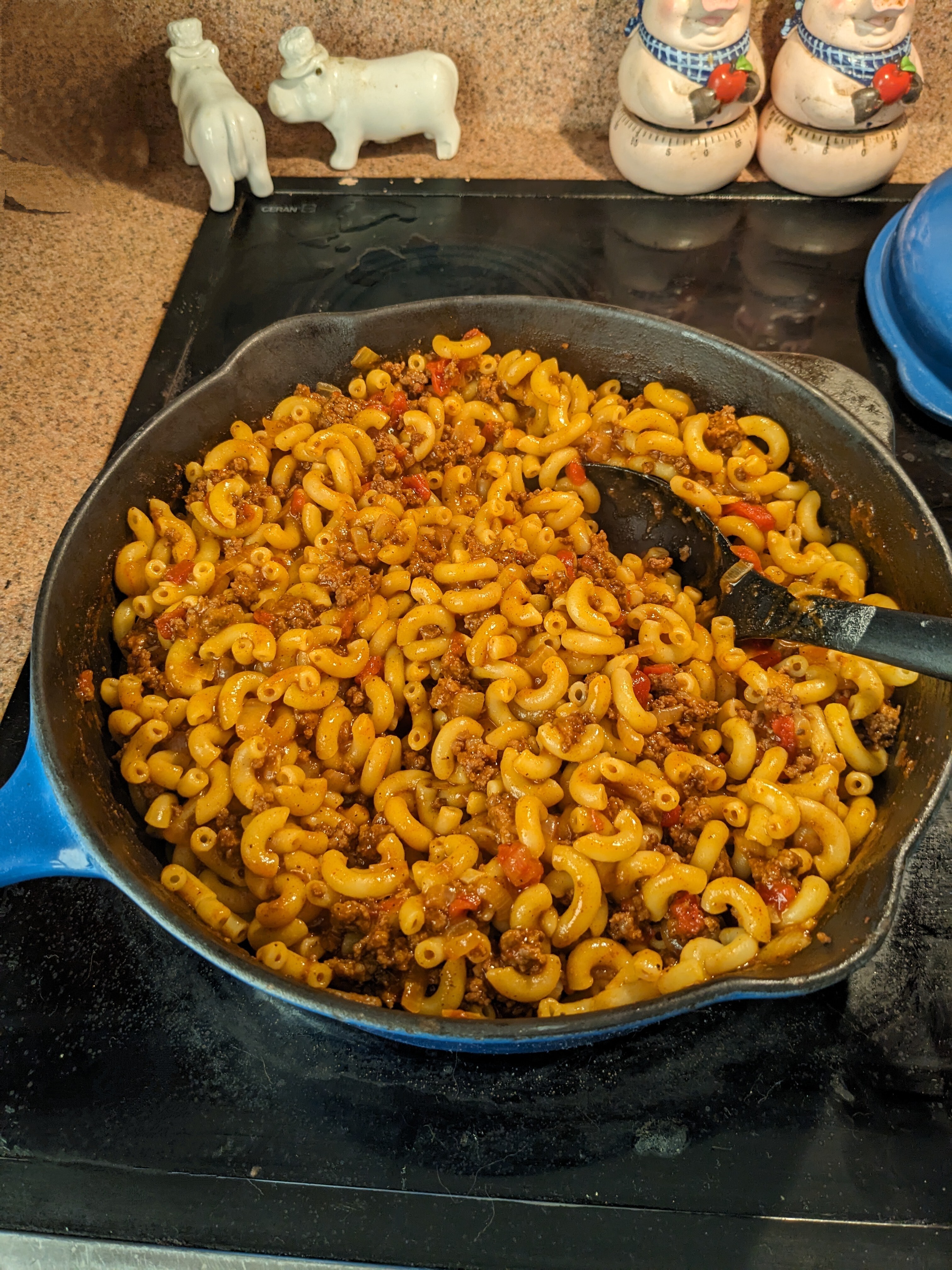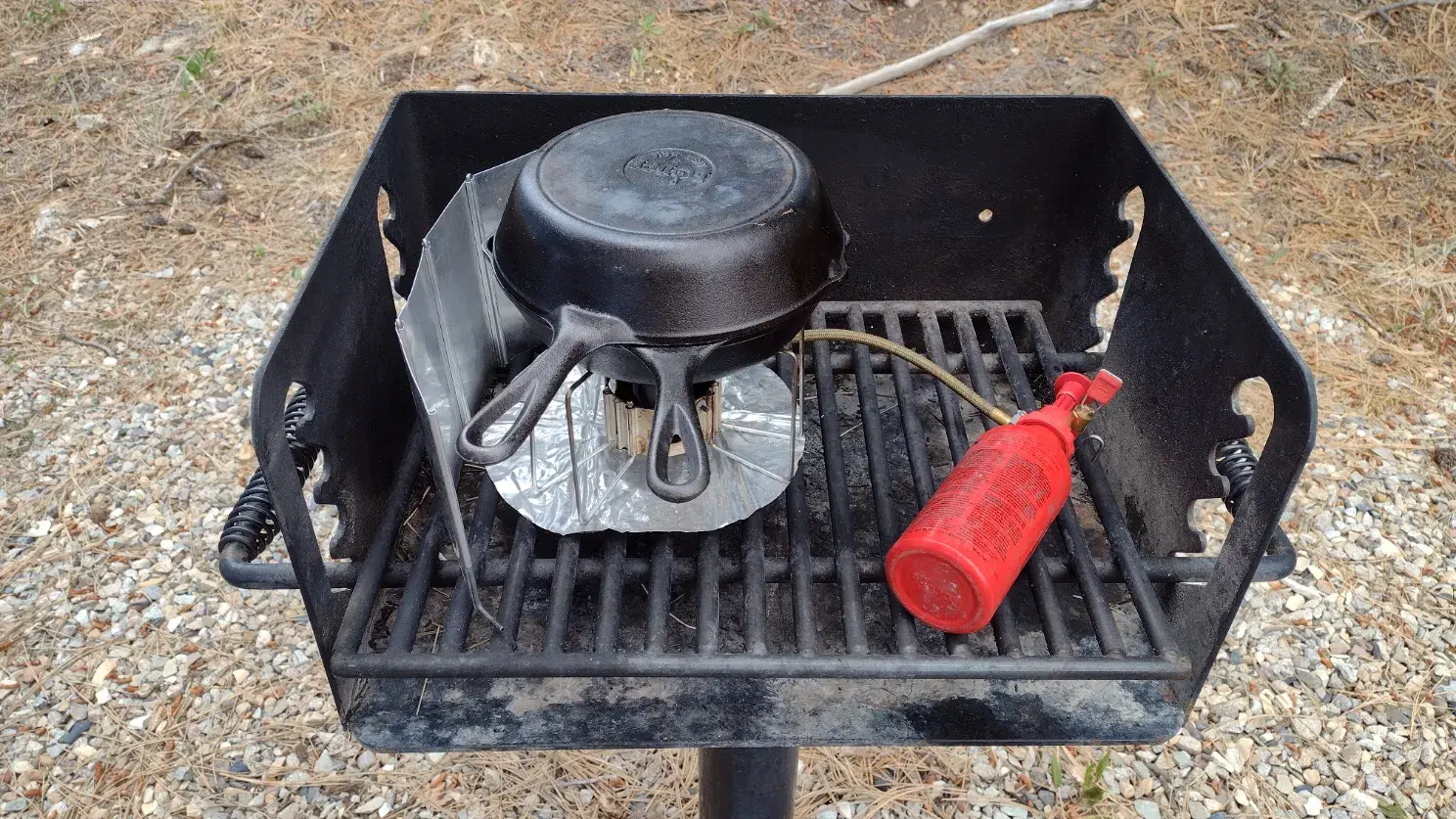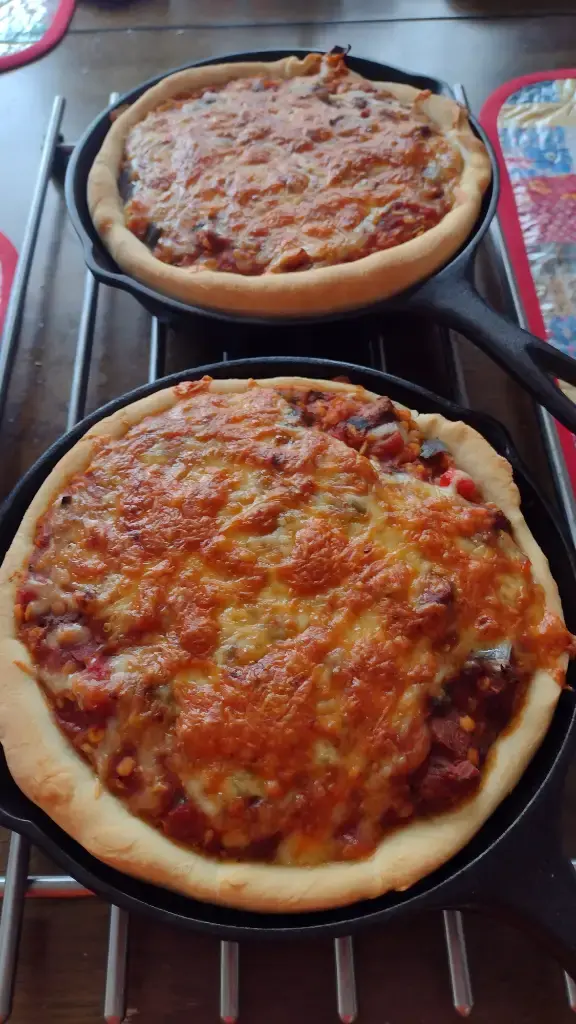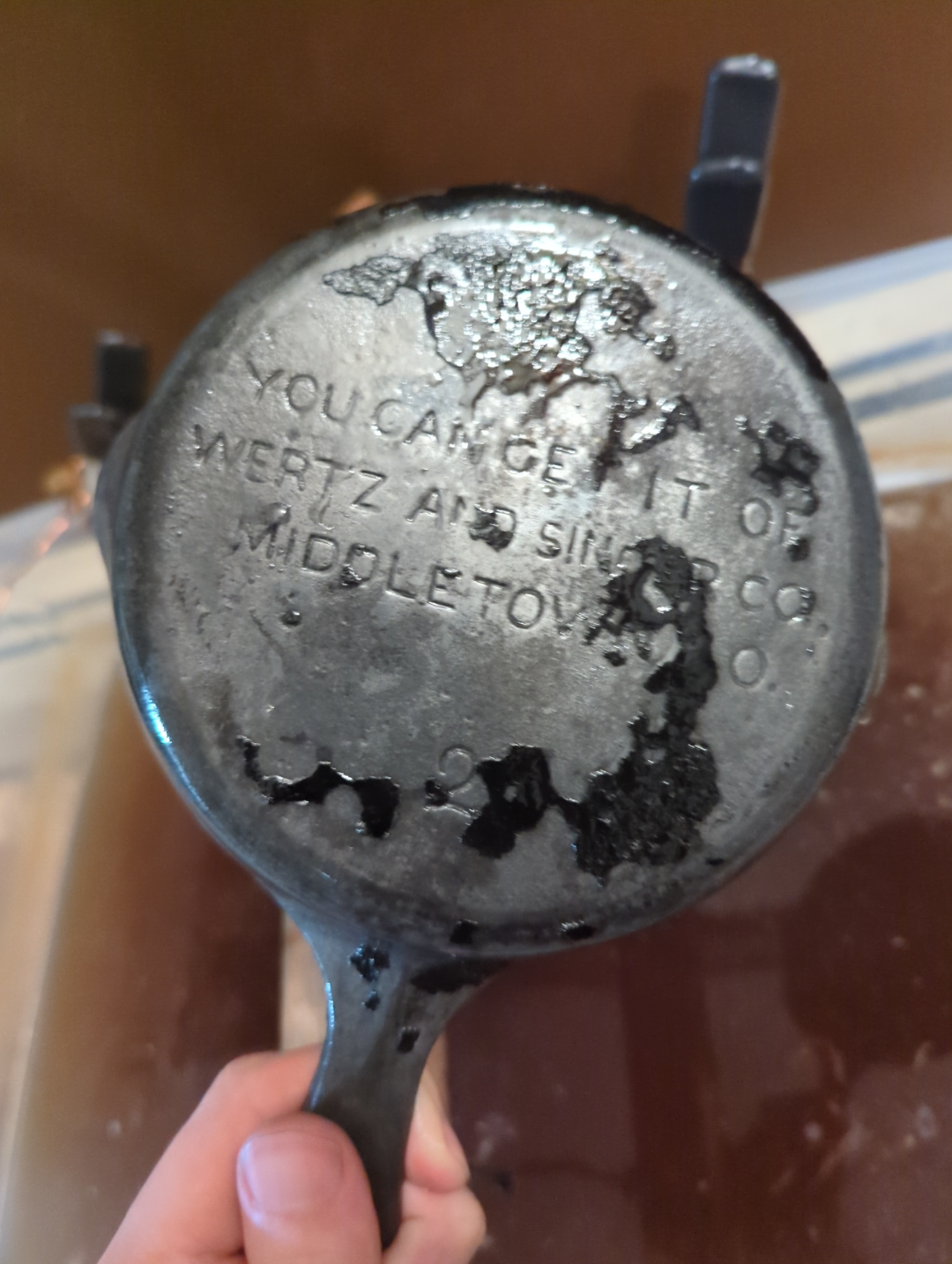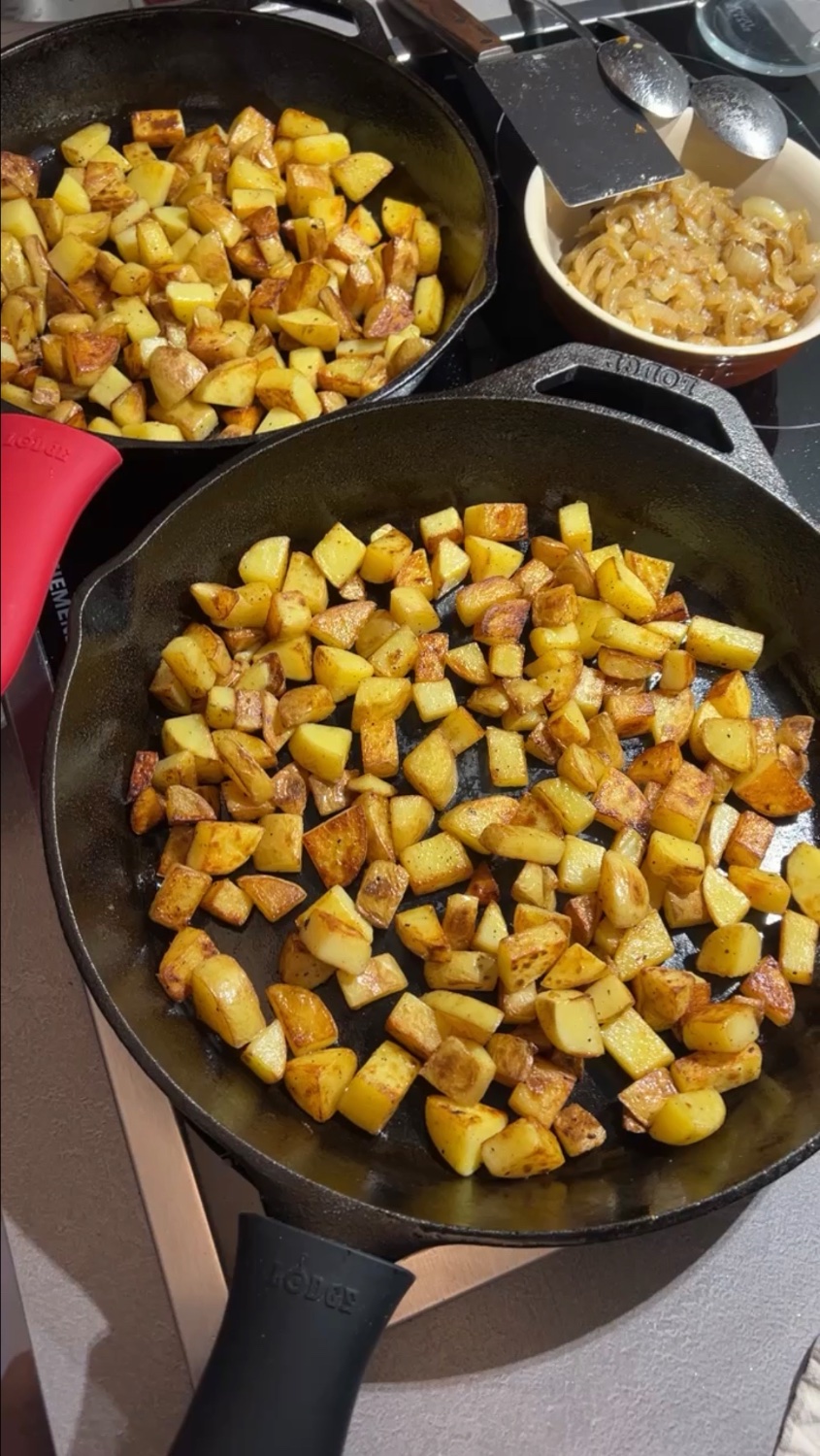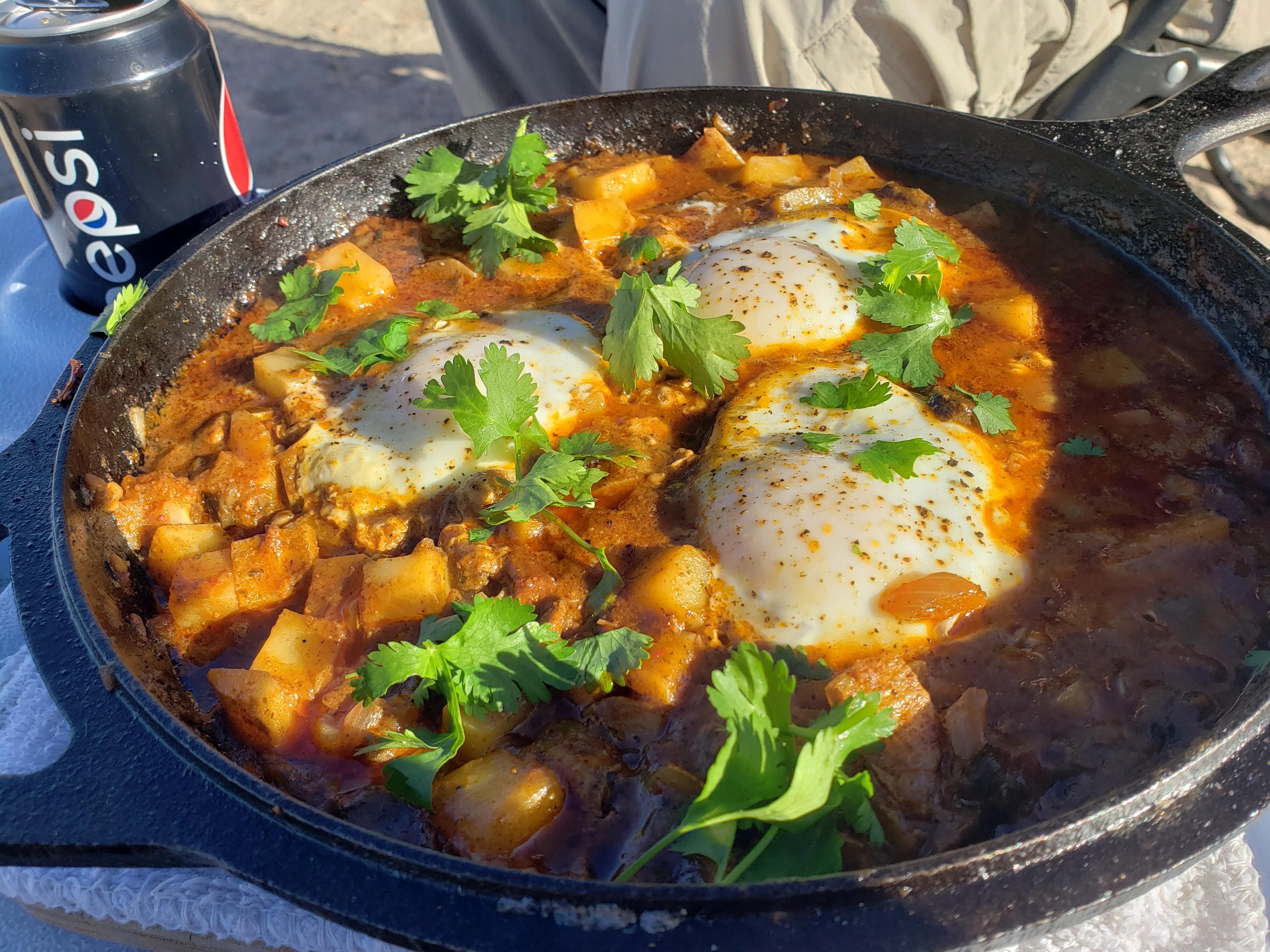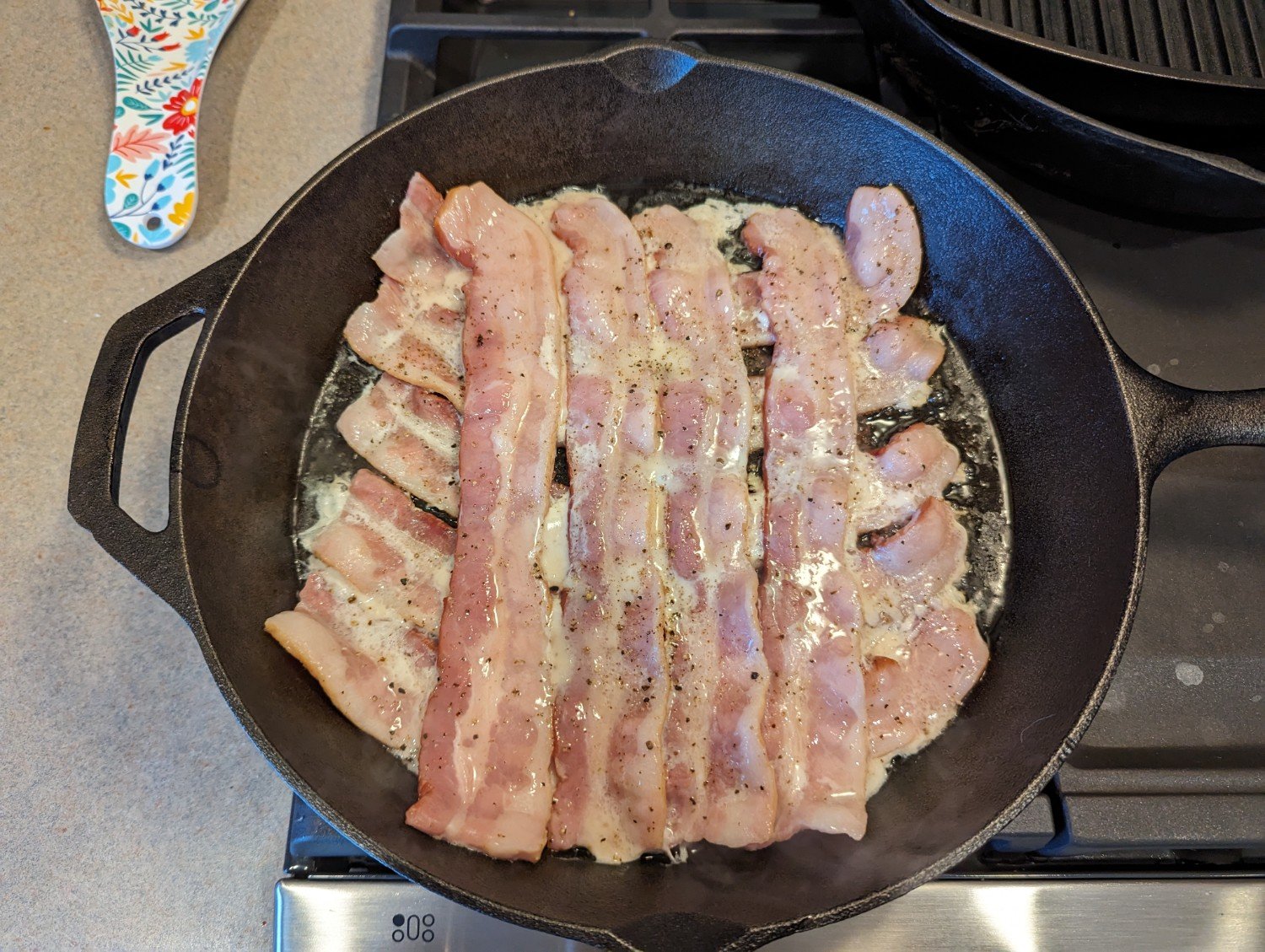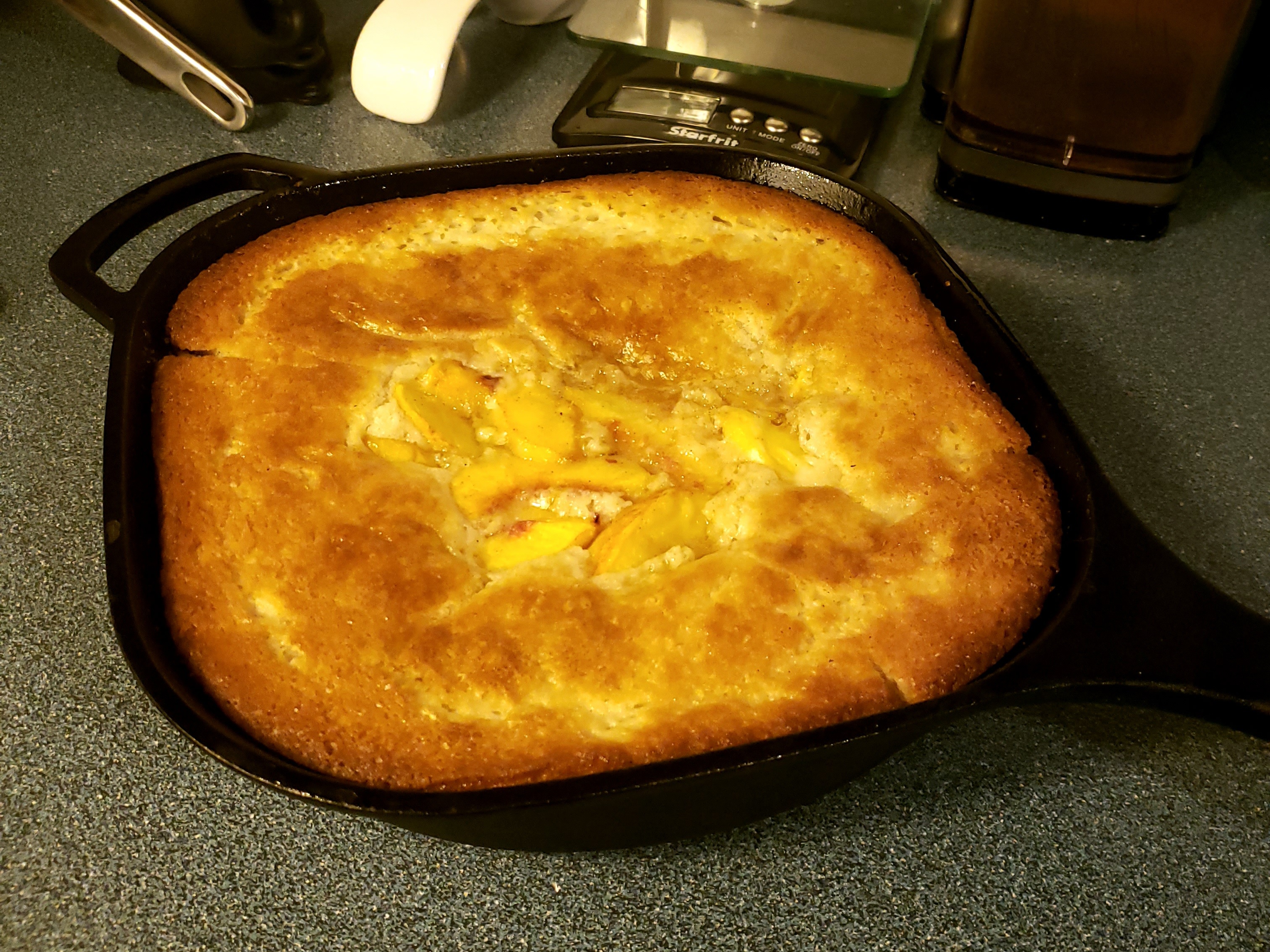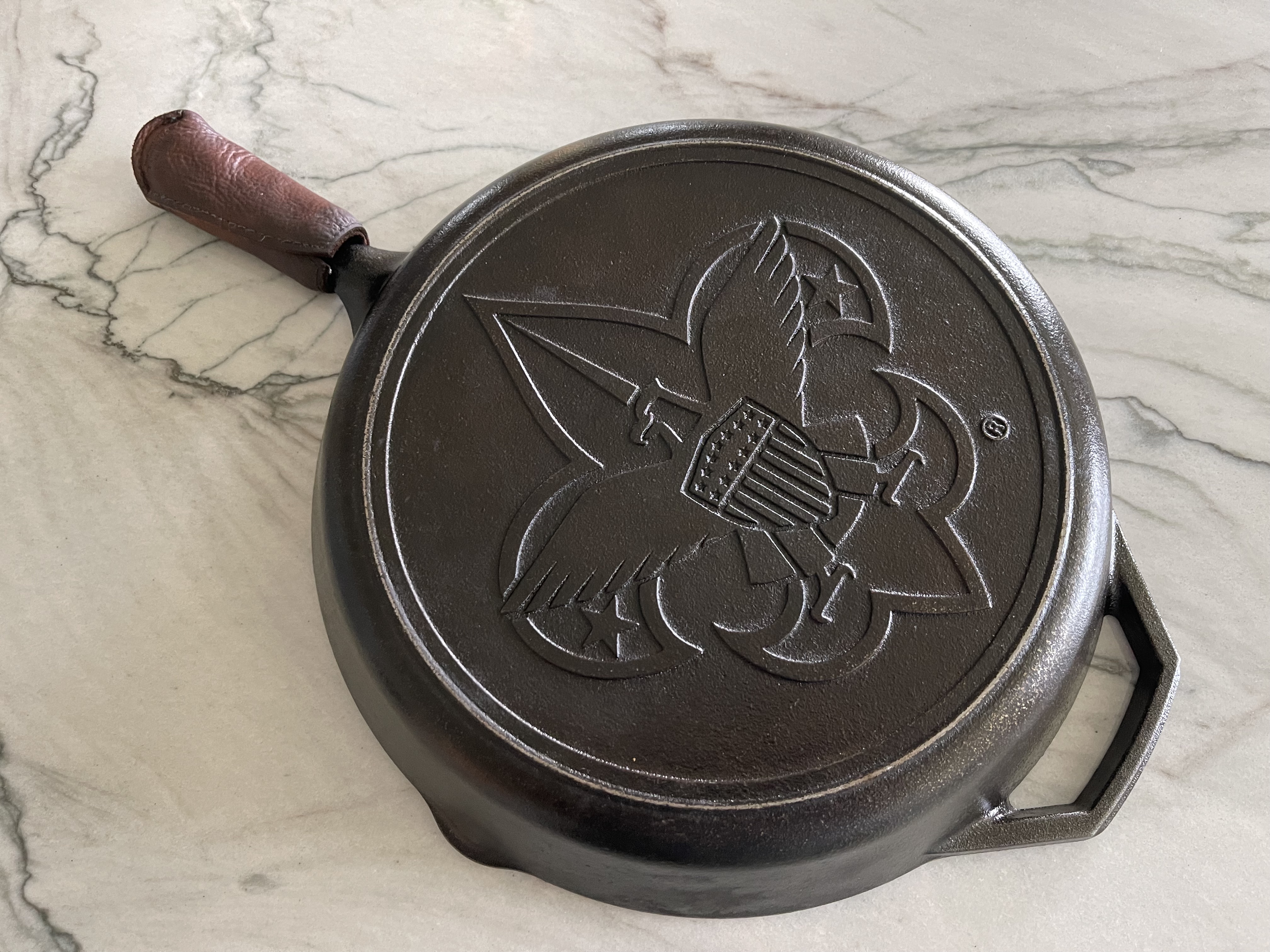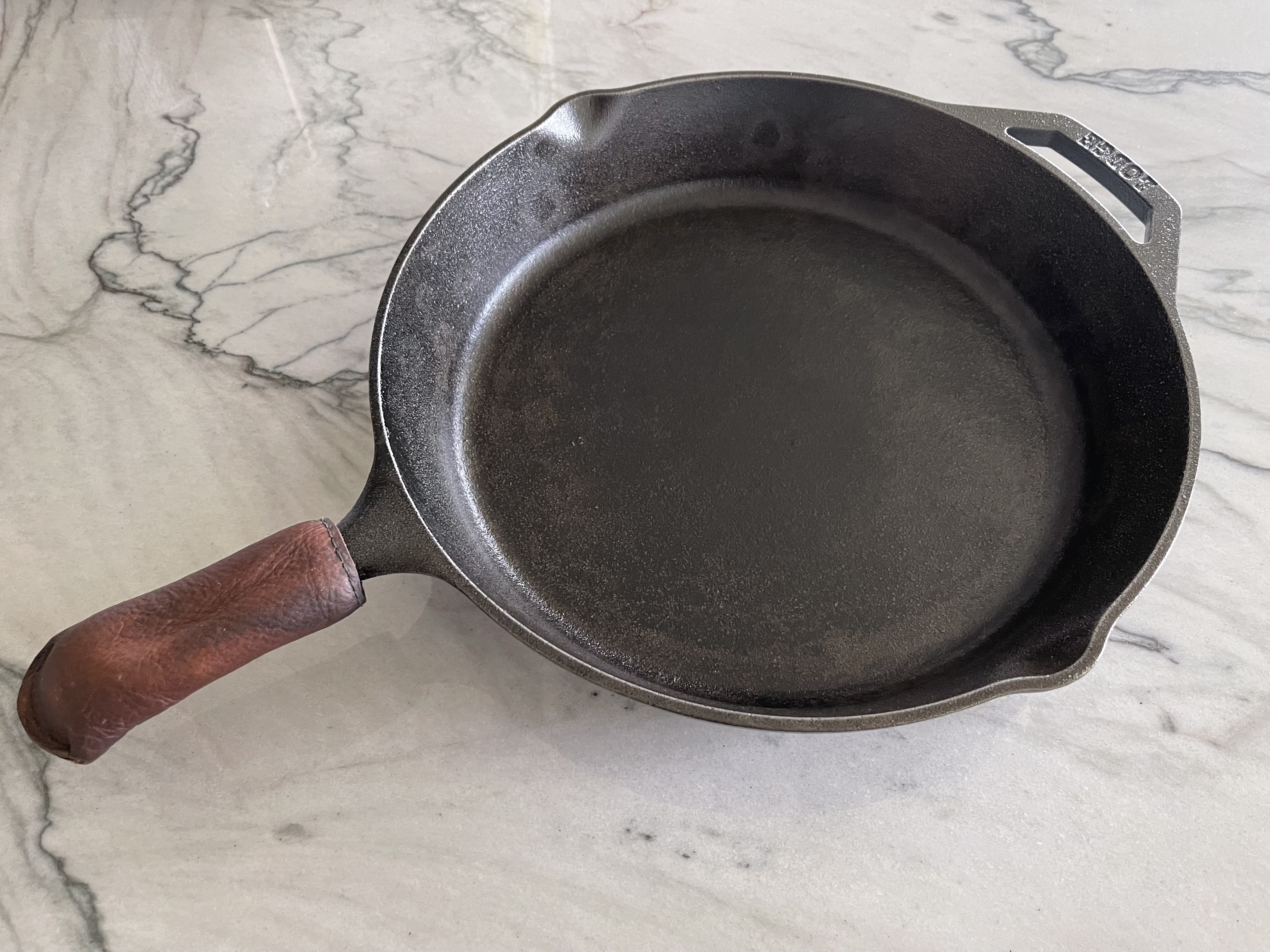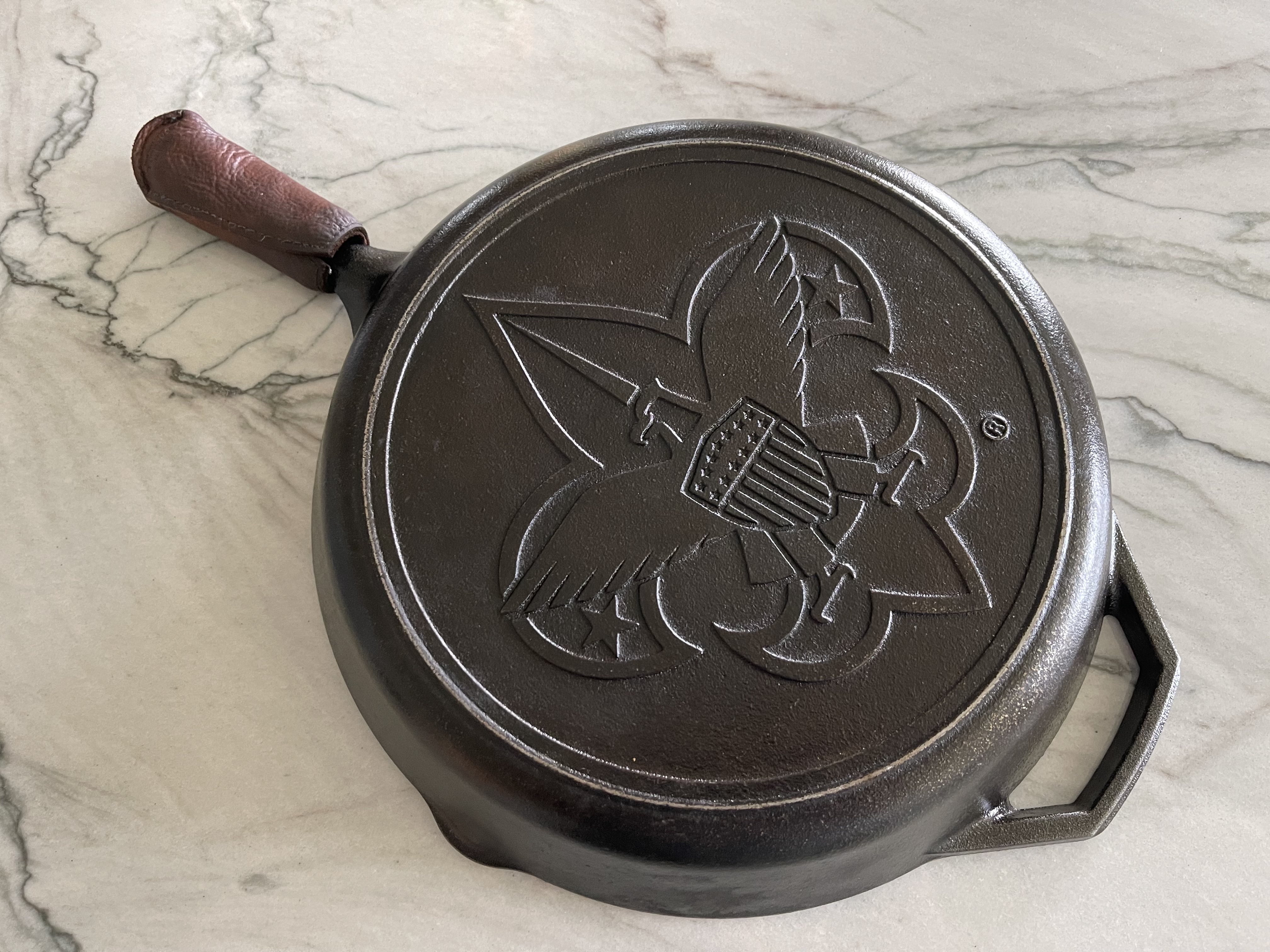Cast Iron
2005 readers
1 users here now
A community for cast iron cookware. Recipes, care, restoration, identification, etc.
Rules: Be helpful when you can, be respectful always, and keep cooking bacon.
More rules may come as the community grows, but for now, I'll remove spam or anything obviously mean-spirited, and leave it at that.
Related Communities: !forgediron@lemmy.world !sourdough@lemmy.world !cooking@lemmy.world
founded 1 year ago
MODERATORS
51
52
53
54
55
56
57
58
59
60
61
62
63
64
65
66
67
68
69
70

